Thursday, August 9, 2018
Visit CEEFIT by Seaver allows you to assess your horse's symmetry during training.
But what is symmetry ?
In this article, we explain how it is measured and why it is so important.
Symmetry of movement meansequivalent use of both front and rear legs. A healthy horse moving in a straight line at a trot and on a flat surface should have symmetrical movements. He carries the same weight on the left front as the right front, and the same applies to the hindquarters.
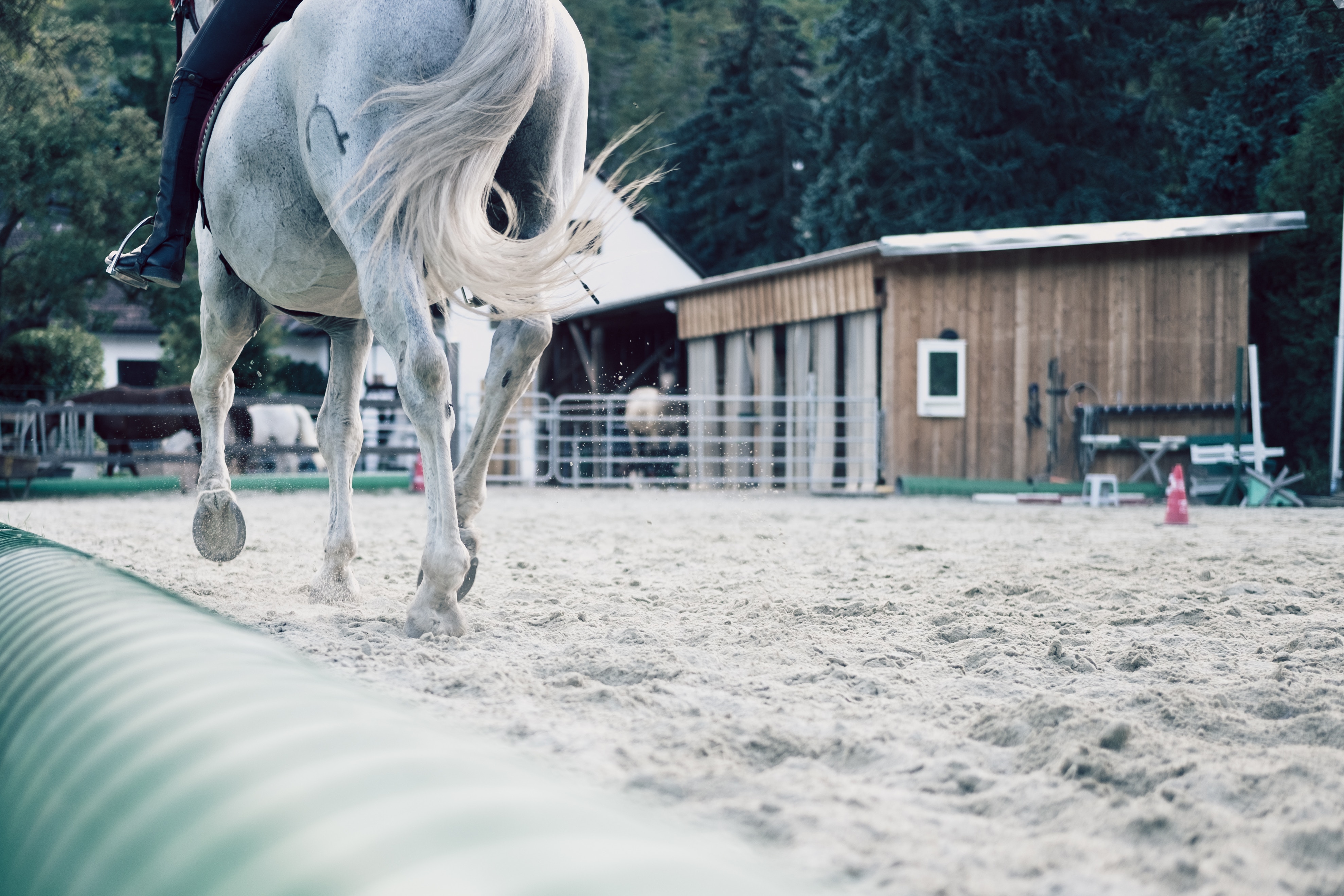
Seaver measures your horse's symmetry at the trot and in a straight line. It's all about compare your horse's two half strides at the trot. These should be as similar as possible.
Every 5 seconds of consecutive trot in a straight line, this data is calculated. Two notes in % evolving during the session represent it. For a healthy horse, the scores are generally between 45 and 55%.
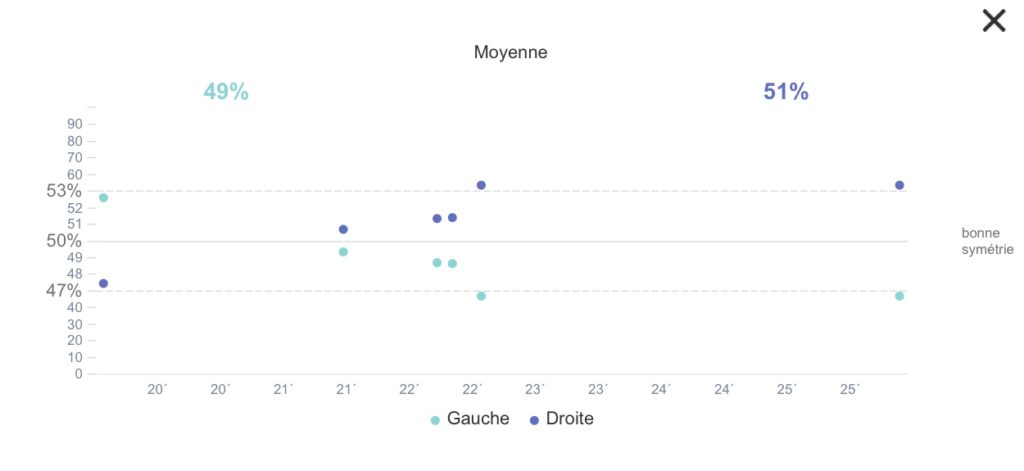
Figure 1: Classic session with notes distributed throughout the session
Please note that calculations are only made when your horse is moving for at least 7 seconds at a trot and in a straight line. In all other cases, this note is meaningless and will have a value of 0 on the graph.
For example, when working in a small space. This duration can only be achieved on a perfectly straight diagonal. So if you don't get any marks in this kind of session, don't worry. It's exactly the same for a lunging or liberty session. It's rare to get your horse on a long enough straight line, even when changing circles.

Figure 2: Trot symmetry when working in a small space
For each session performed, you will also find an average average symmetry. This is represented as a percentage on each of the horse's diagonal bipeds. An ideal horse would have a 50-50 distribution on each side for 100% symmetry.
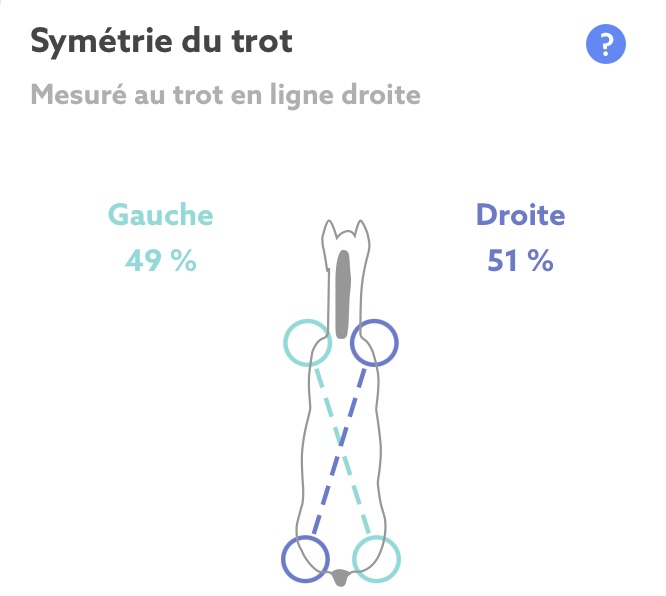
The average duration in milliseconds of each half stride is also provided, enabling you to compare the two diagonals even more precisely. The duration of the right half-stride corresponds to the time elapsed between the pose of the right diagonal biped (right anterior and left posterior) and that of the left diagonal biped.

Ideally, symmetry should increase over the course of the session (the horse is sometimes less at ease at the start of relaxation), and as the work progresses: the better trained the horse is, the more it will compensate for its natural dissymmetry.
The symmetry figures will show you how symmetrical your horse is, and how symmetry evolves as you work through the session and from one session to the next.
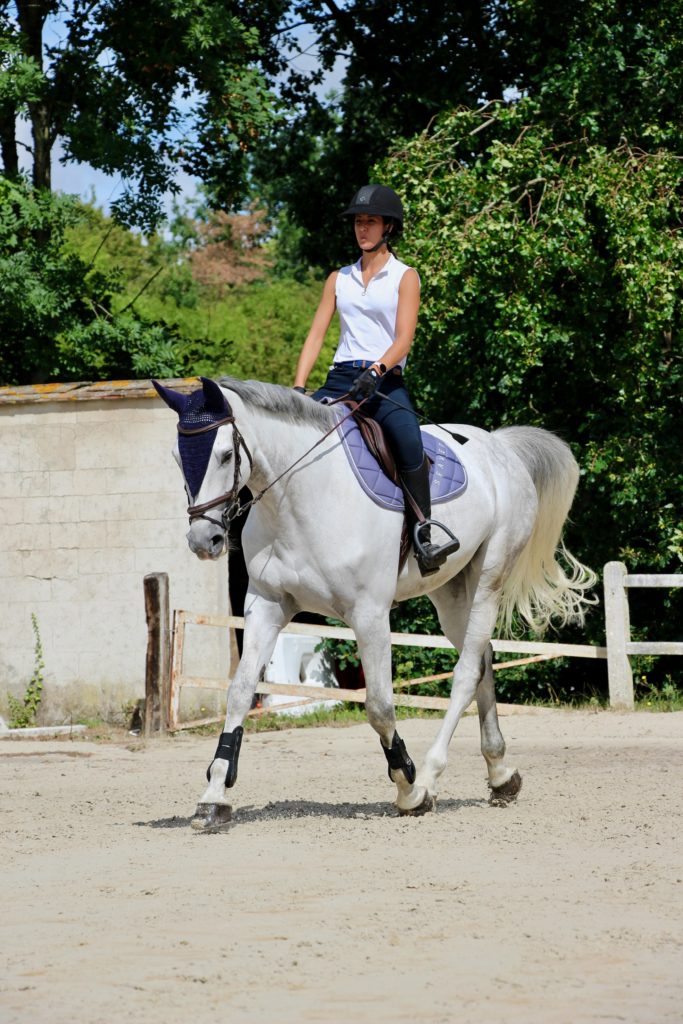
In the event of a sudden drop in symmetry over several sessions, it may be worth seeking professional advice (instructor, veterinarian, osteopath).
This is what professional riders Benjamin Stout and Emma Irwin tell us in their article: How we detected lameness with CEEFIT.
Note: working sideways and going outdoors on deep or hard ground can alter the symmetry score.
The major advantage of the "symmetry" feature for any rider is to be able to detect a weakness or lameness before it becomes visible. This makes it possible to act accordingly to prevent the problem from worsening. The recovery will be faster.
In fact, the diagonal with the lowest percentage of the 2 is the one that spent the least time on the ground. It is therefore the weak" diagonalthe one on which the horse leans the least. Below 40%, lameness is likely.
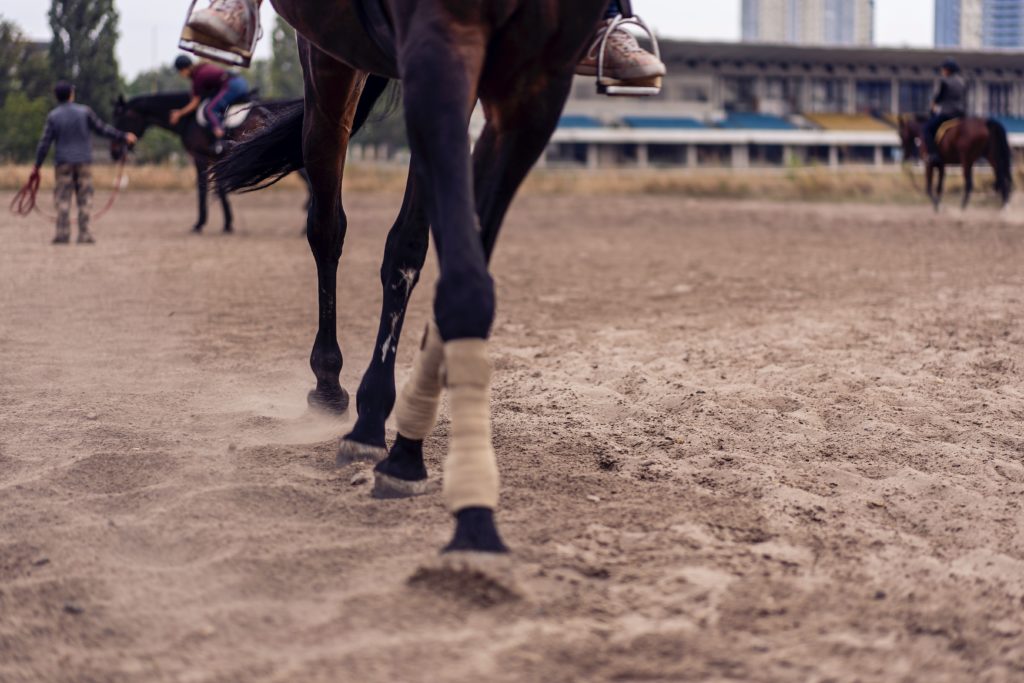
It's useful to monitor the evolution of symmetry within a single session, thanks to the graph. What's more, with the average you can see this evolution for the different sessions performed. The score itself is of little importance, except to monitor the evolution of symmetry.unless it falls below 40%, in which case lameness is likely.
See you soon for a new article on a Seaver feature!
The Seaver team